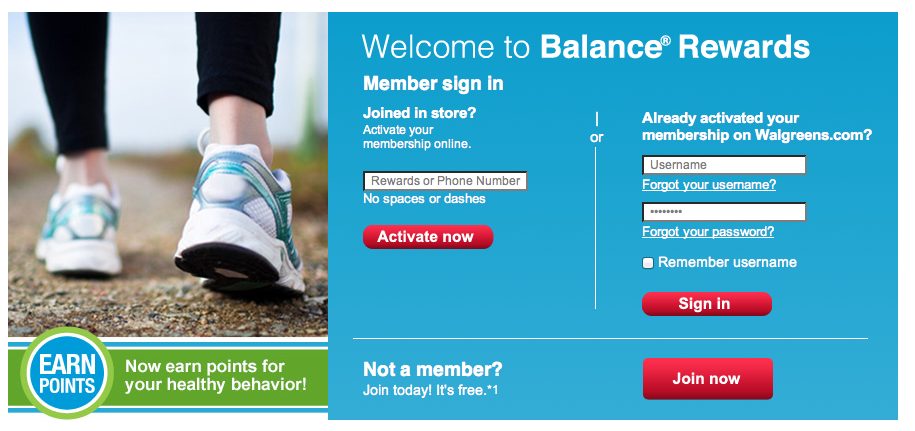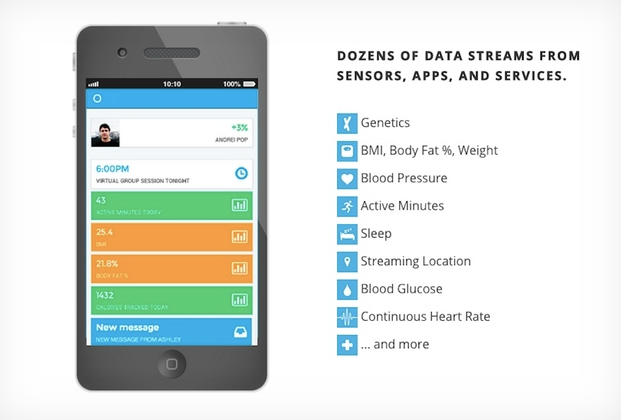Recently the amount of sensor-embedded products present in our everyday lives has been increased.
Products such as watches, eyeglasses, shirts are being equipped with smart sensors that gather important data around our daily activities. Health, lifestyle, personality.. this vast new influx of data is beginning to give us new ways of perceiving the world and the new tracking technologies are giving rise to a new type of culture around the power of information.The pharmacy chain Walgreens has put this idea in motion by creating a community-based support platform for their ‘Balance Rewards’ program members. Users can log their hard earned miles from walking or running, or sync other physical activities from fitness devices with the Balance Rewards Program to track their progress and goals. In exchange, they will earn points they can use towards their next purchase. The 75 million program members can also interact with each other online by sharing stories and working towards badges around each individual’s goals.
Another brand taking an interesting approach to the daily usage of personal data is mustard company Grey Poupon. The company has created a members-only Facebook page, dubbed ‘The Society of Good Taste,’ which only accepts people whose personal data reflects a certain level of cultural refinement. By using an algorithm that scans applicant’s public information to interpret ‘taste,’ they are reviewed based upon the following categories: proper use of grammar, art taste, restaurant check-ins, books read and movie selections, among others. This digital barrier to entry challenges users to stand up to the brand’s discerning taste, and employs personal data from various social channels as a way to determine the fundamental aspects of a person’s character.
A different prospective is the one taken by Quantify.io, an open source website that lets users upload the data from all their various fitness trackers to secure online lockers where they can combine it, remix it, and give it to developers to use in new, open source apps. The platform gives people greater control and security over their data, as well as the opportunity to let it flow between an entire ecosystem of devices.
During the SDN 2013 conference in Cardiff the director at the Innovation Center of BBVA in Madrid, Maria José Jorda Garcia showed how big data can be used to visualize geographically the amount of money spent in a specific area of the city.
Learning where, when and what people buy can help business to improve and customize the offer in order to meet the customer’s needs.
To conclude, I will use a sentence that Maria José used at the end of her presentation – “We collect an impressive amount of Big Data per second. Let’s try to do something with it!”





